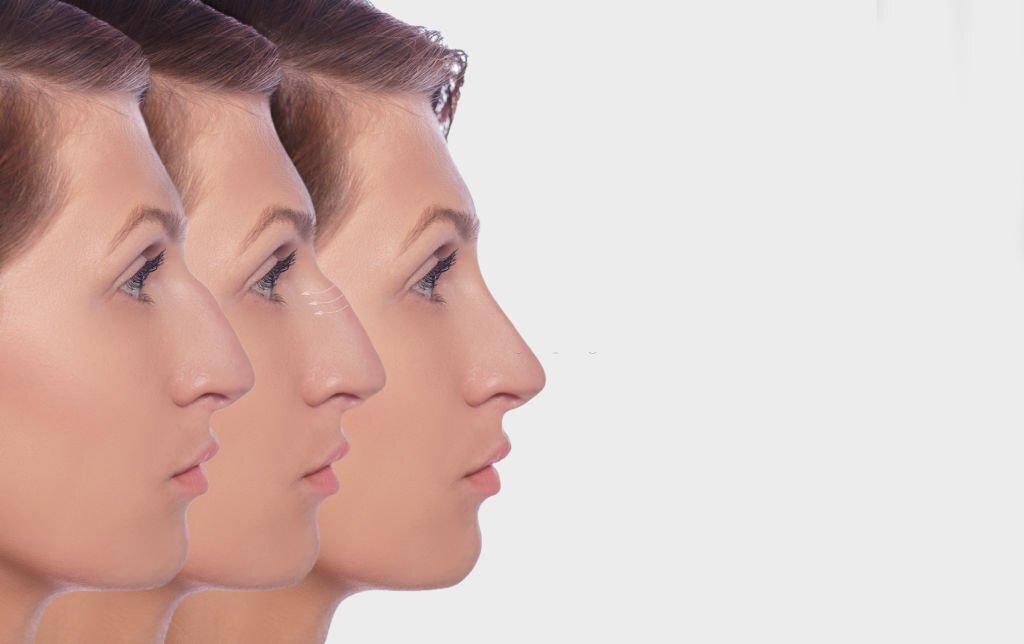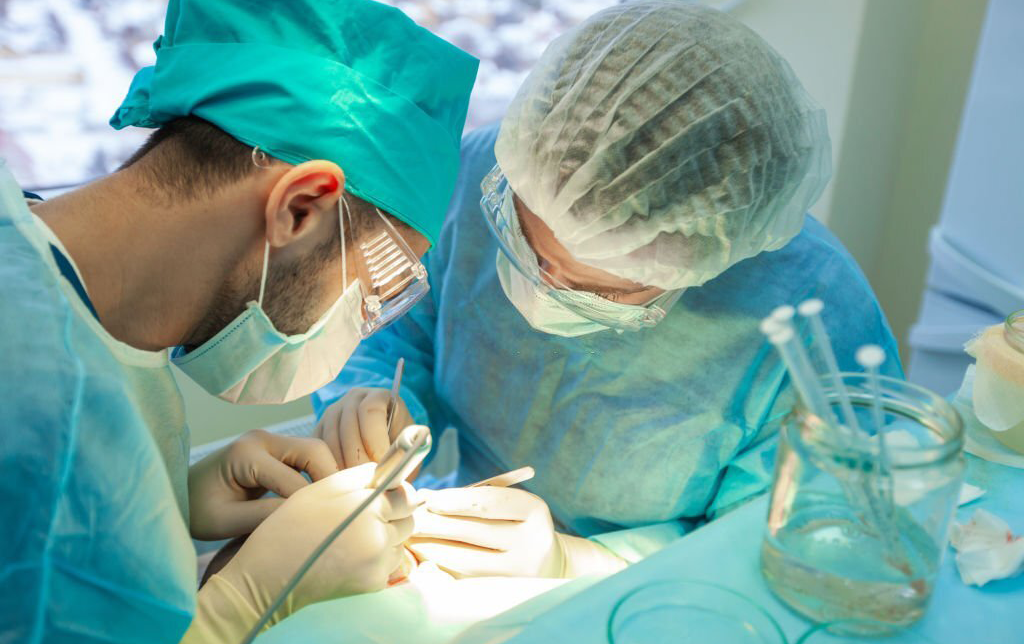Blogs

Moustache Reconstruction: A Comprehensive Guide to Restoring Facial Hair
What is Moustache Reconstruction?
Moustache reconstruction is a specialized surgical procedure designed to restore or enhance the appearance of the moustache area. This procedure is particularly beneficial for individuals with sparse moustache growth, post-traumatic hair loss, or scarring from injuries or burns. Due to the unique challenges posed by the moustache area, including the acute angle of hair exit and varied directions of growth, achieving natural-looking results requires precision and advanced techniques.
Anatomical Considerations
- Hair Direction and Angle:
The moustache area presents distinct anatomical challenges compared to other areas of the face or scalp. Hair in this region grows at a much shallower angle, which requires precise placement and orientation of follicular units (FUs) to replicate a natural appearance. Understanding the natural direction and angle of hair growth is crucial for achieving realistic results.
- Density and Distribution:
The density and distribution of hair follicles in the moustache area can vary greatly among individuals. Some may experience sparse growth or irregular patterns. Effective moustache reconstruction often necessitates harvesting a sufficient number of follicular units from donor areas with compatible hair characteristics to ensure adequate density and uniform coverage.
Surgical Techniques
Moustache reconstruction typically involves the transplantation of hair follicles from donor areas to the moustache region. Several advanced techniques are employed to ensure precision and optimal outcomes:
- Follicular Unit Extraction (FUE):
FUE is a minimally invasive technique frequently used for moustache reconstruction. This method involves extracting individual follicular units, each containing 1-4 hairs, from donor areas using a specialized punch tool. The extracted follicles are then transplanted into the recipient sites in the moustache region. FUE minimizes scarring and allows for precise harvesting and placement of grafts, resulting in natural-looking results.
- Follicular Unit Transplantation (FUT)
Also known as strip harvesting, FUT involves removing a strip of donor tissue from the scalp, which is then dissected into individual follicular units. These units are transplanted into the moustache area. While FUT can yield a higher number of grafts compared to FUE, it requires a linear donor scar and may involve a longer recovery period.
Indications for Moustache Reconstruction
- Scanty Moustache:
Individuals with naturally thin or sparse moustache growth may seek reconstruction to enhance fullness and achieve a more uniform appearance.
- Post-Traumatic Hair Loss:
Traumatic injuries or accidents that result in moustache hair loss can be addressed through reconstruction, helping to restore the appearance and conceal scars.
- Post-Radiotherapy Hair Loss:
Patients undergoing radiotherapy for head and neck cancers often experience hair loss in the moustache area. Reconstruction can help these individuals regain their facial hair, which is a significant aspect of their identity.
- Post-Burn Scarring:
Burns and thermal injuries can cause significant damage and hair loss in the moustache area. Surgical intervention can improve aesthetics and restore hair growth in the affected regions.
Achieving Optimal Results
- Preoperative Assessment:
A thorough evaluation is conducted before surgery to determine the patient’s suitability for moustache reconstruction. This includes assessing the extent of hair loss, evaluating the quality and availability of donor hair, discussing patient expectations, and obtaining informed consent.
- Surgical Planning and Execution:
During surgery, meticulous attention is given to graft harvesting, recipient site creation, and graft placement. Surgeons carefully select and prepare follicular units, considering hair angle, direction, and density. Precision in recipient site preparation and graft insertion is essential for achieving natural-looking results and ensuring graft survival.
- Postoperative Care and Follow-Up:
Post-surgery, patients receive detailed instructions on wound care, medication management, and activity restrictions to promote healing and maximize graft survival. Regular follow-up appointments allow for monitoring of graft growth, evaluating cosmetic outcomes, and making any necessary adjustments to optimize results.
Moustache reconstruction is a complex but rewarding procedure that addresses various issues related to facial hair loss. By utilizing advanced techniques and considering individual patient needs, medical professionals can achieve natural-looking and satisfactory results. This procedure not only enhances physical appearance but also contributes to improved self-esteem and social confidence. At Saundarya City, we specialize in moustache reconstruction, offering expert care and personalized solutions to help you achieve the moustache you’ve always desired. Consult with us to explore your options and take the first step toward a fuller, more confident you.
Popular Posts

Nose Surgery (Rhinoplasty)
Nose reshaping (rhinoplasty or a "nose job") is an operation to change the shape or size of the nose...

Best Hair Transplant Doctor In Nagpur Location
Saundarya City Uses Modern techniques have enabled advanced methods for surgical hair transplants that can help restore lost hair...



 Book an Appointment
Book an Appointment